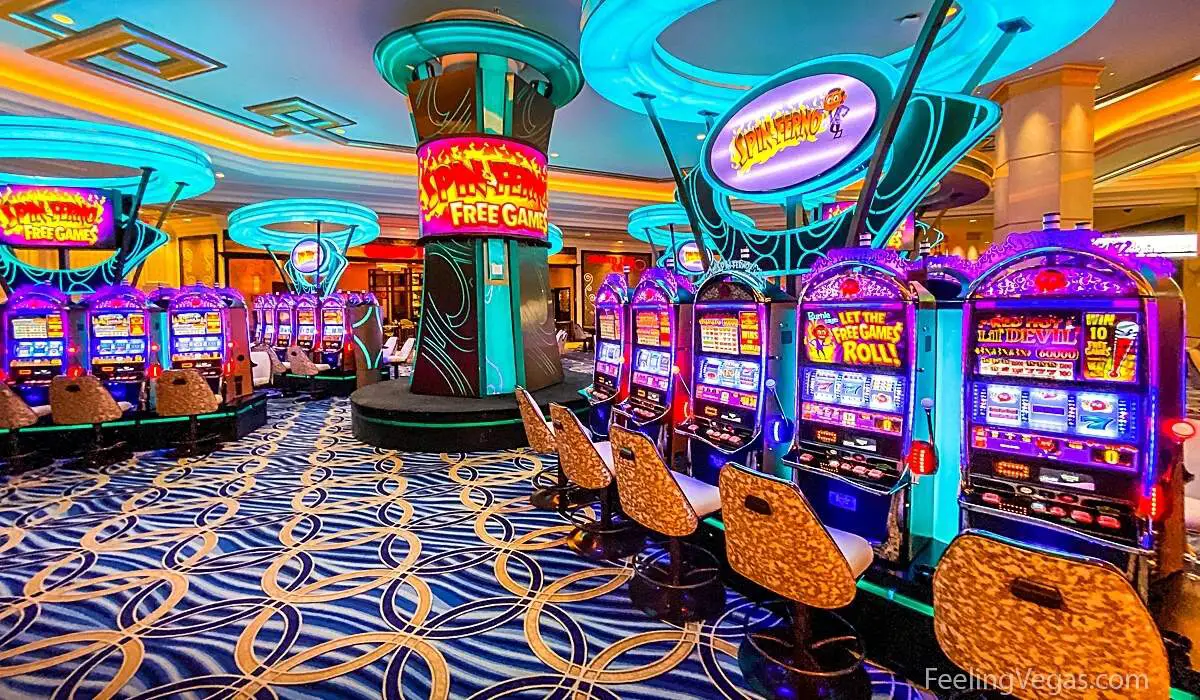
Casino experiences have long captivated the human imagination, drawing participants into a world filled with chance, planning, and the allure of excitement. Each experience is painstakingly crafted not just for enjoyment, but also to inspire targeted emotional responses that keep participants involved and invested. Understanding the reasons behind these designs reveals much about how behavioral psychology plays a vital role in the gaming experience.
From the vivid lights and lively sounds to the sophisticated layering of guidelines and incentives, casino games are designed to create an atmosphere of anticipation and anticipation. Game designers leverage mental cues to influence player behavior, whether through the use of big prizes, almost wins, or social connections. By examining these aspects, we can better appreciate how casino games fulfill not just a desire for entertainment, but deeper psychological needs for adventure and hazard.
Grasping Player Behavior
Casino games are designed with a profound understanding of player psyche, which is vital for attracting and retaining players. 5MB The excitement of the game, alongside the anticipation of winning, establishes a powerful attraction. Game designers make use of elements like audio cues, colorful graphics, and immersive gameplay to capture attention and evoke emotional responses. These sensory elements enhance the total environment, making players feel more involved in the game.
Another notable aspect of player behavior is the notion of risk versus reward. Casino games often manage high-stakes situations with the potential for substantial rewards, which can cause the occurrence known as near-miss experience. When players come near to winning, the brain secretes dopamine, bolstering their behavior and motivating them to continue playing in search of that elusive win. This cycle of wish and frustration plays a critical role in how games are structured and advertised.
Lastly, community aspects also play a pivotal role in player behavior at casinos. Many games are crafted to be played in pairs or with other players, nurturing a sense of togetherness and communal experience. The community engagement inherent in games like poker enhances enjoyment and can lead to extended gameplay. Designers leverage on this by crafting environments that invite players to linger, interact, and come back, making the overall casino experience more appealing.
The Role of Imagery and Audio
Visuals and audio play a crucial role in improving the player’s experience within casino games. Designers utilize bright colors, eye-catching graphics, and engaging animations to grab gambler’s attention and maintain their focus. The use of themes, such as exploration or luxury, helps create an enthralling atmosphere that transports players into another world. By connecting to the senses, these elements contribute to a heightened emotional response, encouraging players to interact more profoundly with the games.
Audio design is equally important in enhancing the overall experience of gambling games. The combination of background music, audio effects for successful combinations, and environmental noises creates an auditory landscape that keeps players enthralled. Sounds associated with victories, such as chiming bells or celebratory music, evoke feelings of excitement and reward, encouraging players to continue playing. These audio cues are carefully placed to enhance the thrill of the game and create a more engaging experience.
Additionally, the synchronization of imagery and audio is essential for reinforcing the game’s overall theme and atmosphere. Each element should coordinate seamlessly to create a cohesive experience that draws players in. The effective use of this integration not only enhances user satisfaction but also increases the chances of repeat play, as players become more invested in the captivating world that the casino games offer. This thoughtful combination of imagery and sound ultimately enhances player involvement and commitment.
Reward Systems and Engagement
The creation of gambling experiences greatly depends on reward structures to keep participants engaged and coming back for more. These systems are rooted in behavioral principles that take advantage of human behavior and desire. Participants are often driven by the thrill of success, which is reinforced by immediate feedback through the game structure’s mechanics. This prompt satisfaction not just enhances the gaming experience but also fosters a sense of success, prompting players to keep participating in hopes of bigger rewards.
Gaming establishments implement various reward structures, such as large payouts, bonuses, and multipliers, to engage players. These features create a layer of thrill that maintains interest. Additionally, the randomness of outcomes plays a crucial role in keeping interest. The intermittent reinforcement schedule, where wins are random but happen often enough, keeps participants on edge and motivated to continue participating. This loop of hope and anticipation is essential to the success of gambling experiences.
In addition, community aspects, such as tournaments and collaborative options, enhance the participation factor by leveraging the competitive nature of participants. The shared experience of gaming with fellow participants can amplify the thrill of winning and create a community atmosphere within the gaming space. By integrating these community elements with efficient incentive structures, gambling experiences not only provide entertainment but also foster a deeper connection among participants, reinforcing their commitment to the gaming experience.